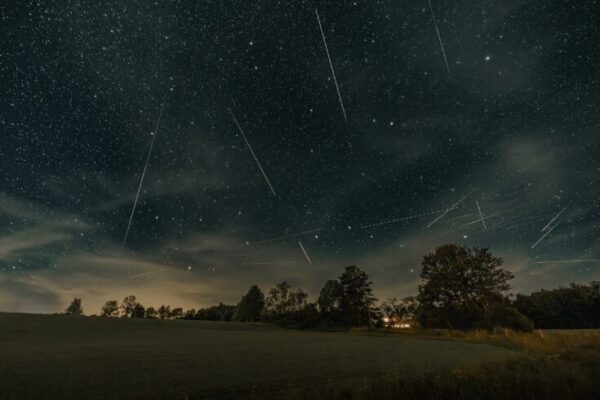
Welcoming the year 2024 provides enthusiasts with 366 days of celestial observation, given that it’s a leap year. Despite the reduced daylight in the Northern Hemisphere, the extended darkness allows for more extensive stargazing opportunities. The crisp winter air contributes to clearer views of celestial bodies, with fewer clouds obstructing the spectacle. Here are some noteworthy cosmic events to anticipate as we embark on 2024.
January 3 and 4– Anticipated Peak of Quadrantids Meteor Shower: The Quadrantids, technically the year’s inaugural meteor shower, is forecasted to reach its peak in the early morning hours on January 3 and 4. While not as extravagant as the Geminids in December or the Perseids in July, the Quadrantids can yield over 100 meteors per hour under optimal dark sky conditions, occasionally featuring spectacular fireballs. Stargazers are advised to look for shooting stars after 1 a.m. local time, although the rising moon may diminish the visibility of fainter meteors.
January 12– Mercury at Greatest Western Elongation: On January 12, Mercury achieves its greatest separation from the sun, appearing low in the eastern sky just before sunrise. During this morning apparition, Mercury transitions from a thin, barely-lit crescent to a brighter presence, having previously passed between the Earth and the sun.
January 13 and 14– Celestial Dance of the Moon and Saturn: While not as extraordinary as the 2020 Great Conjunction, the moon will share proximity with Saturn. On the 13th, the moon hovers above Saturn, descending below the ringed planet on the 14th, visible in Eastern Time until approximately 8:10 p.m.
January 25– Full Wolf Moon: Marking the first full moon of the year, the Full Wolf Moon rises on January 25, reaching peak illumination at 12:54 p.m. EST. Named for the packs of hungry wolves during winter, it also goes by other names such as the Start of the Winter Moon, Maajii-bibooni-giizis in Anishinaabemowin, the Waning Moon (Tahch’awɛka in Tunica), and the Cracking Tree Moon (Putheʔnaawe Mtokw Neepãʔuk in the Mahican Dialect). Observers are encouraged to adhere to general stargazing guidelines: find a dark spot away from city lights, allowing eyes to adjust for optimal viewing over approximately half an hour.